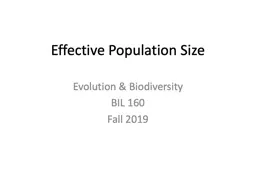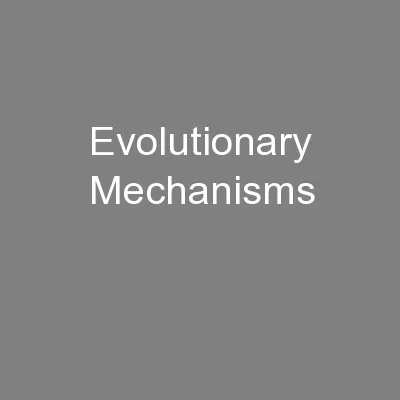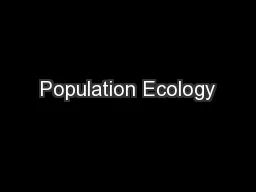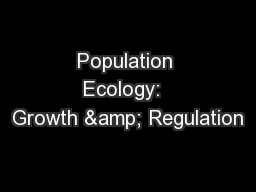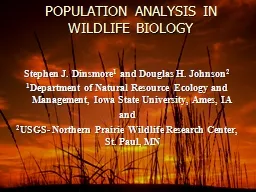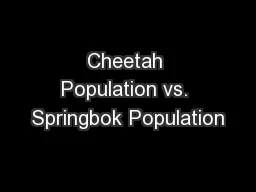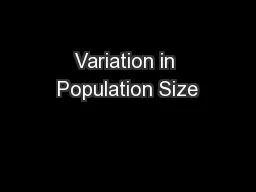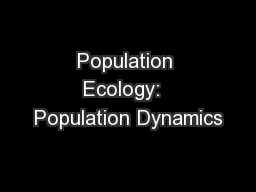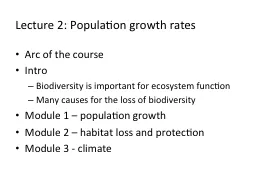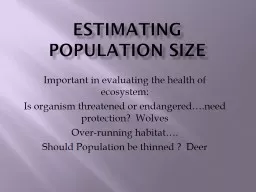PPT-Effective Population Size
Author : alida-meadow | Published Date : 2020-04-09
Evolution amp Biodiversity BIL 160 Fall 2019 N vs N e Census Population Size N of adult all individuals breeding or nonbreeding within a population This can
Presentation Embed Code
Download Presentation
Download Presentation The PPT/PDF document " Effective Population Size" is the property of its rightful owner. Permission is granted to download and print the materials on this website for personal, non-commercial use only, and to display it on your personal computer provided you do not modify the materials and that you retain all copyright notices contained in the materials. By downloading content from our website, you accept the terms of this agreement.
Effective Population Size: Transcript
Download Rules Of Document
" Effective Population Size"The content belongs to its owner. You may download and print it for personal use, without modification, and keep all copyright notices. By downloading, you agree to these terms.
Related Documents

